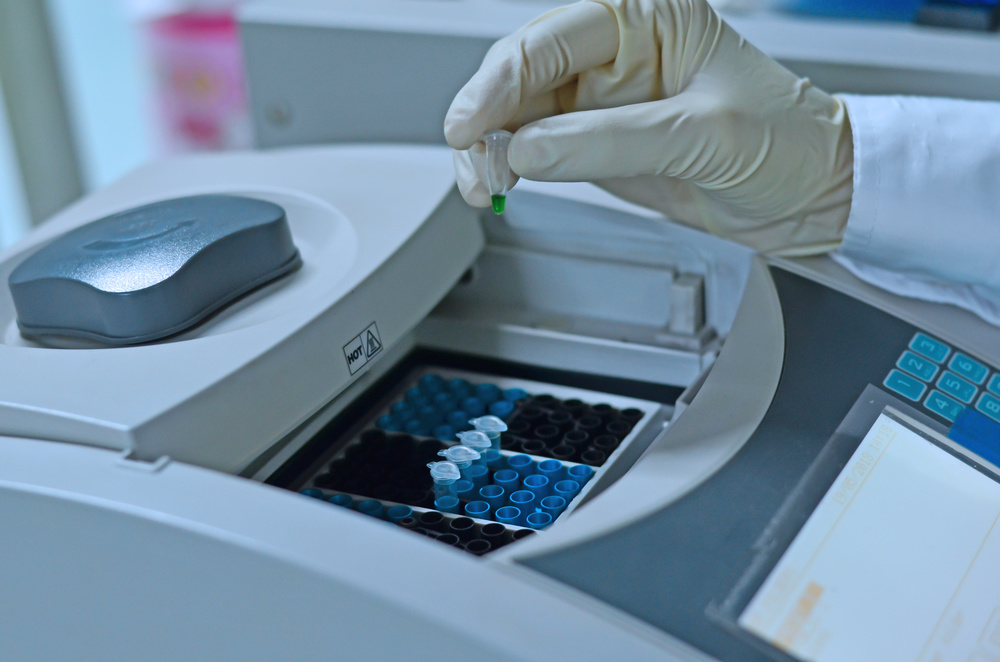PCR (polymerase chain reaction) optical design and characteristics
PCR (polymerase chain reaction) optical design and characteristics mainly include the following aspects:
- The importance of optical design modules: The optical system design of PCR fluorescence detectors is an important direction in the research of PCR fluorescence detectors. For example, a catadioptric system (total reflection lens) designed based on a confocal optical path system can collect collimated light and improve the light energy utilization rate by more than 2 times compared with traditional refractive systems [3]. This indicates that the design of the optical system is critical to improving the efficiency and accuracy of PCR.
- Fluorescent quantitative PCR technology: Fluorescent quantitative PCR technology uses fluorescent chemicals to measure the total amount of DNA products after each PCR cycle, and quantitatively analyzes the specific DNA sequence in the sample to be tested through the internal reference or external reference method [4]. This method not only reduces the risk of contamination, but also simplifies the operation process and results in less sample loading [4].
- Optical module of real-time PCR system: Aria real-time PCR system is a fully integrated quantitative PCR amplification, detection and data analysis system. Its design combines an advanced thermal cycler and an advanced optical system equipped with LED excitation light source. and a full set of data analysis software [5]. This shows that advanced optical system design plays an important role in achieving efficient and accurate PCR analysis.
- Application of optical fiber system in PCR instruments: Use optical fiber system for fluorescence quantitative PCR detection, including excitation light source, excitation light path, fluorescence collection and detection light path. These are the core modules that determine the weak fluorescence detection capability of the system. Usually, the intensity of the excitation light exceeds 1000 times the fluorescence intensity, so the detection of fluorescence signals belongs to the collection of weak signals under strong background signals [7]. This design takes into account the fluorescence signal collection capability to adapt to detection needs under strong background.
- Optical system design of multi-channel PCR fluorescence detector: Aiming at the problems of low detection efficiency and large volume in the real-time quantitative PCR fluorescence detector system, a method based on traditional single-channel confocal optical path improvement components is proposed. The excitation light path and fluorescence collection light path share a large aperture lens, and multiple excitation light collimation light paths are surrounded below the lens. This design aims to improve detection efficiency and reduce volume [13].

In summary, PCR optical design and its characteristics involve the design optimization of optical systems, fluorescence quantitative PCR technology, optical modules of real-time PCR systems, application of fiber optic systems, and multi-channel design. These designs aim to improve PCR efficiency, accuracy and automation levels.













